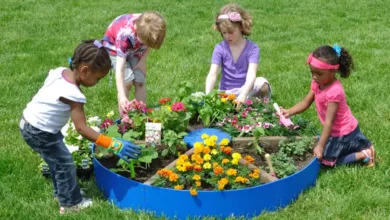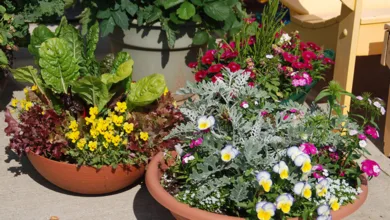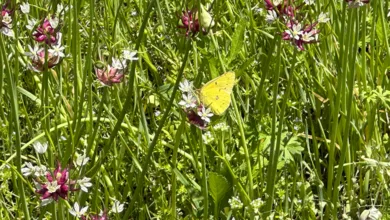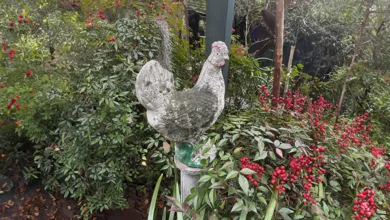Creating Color in Your Landscape
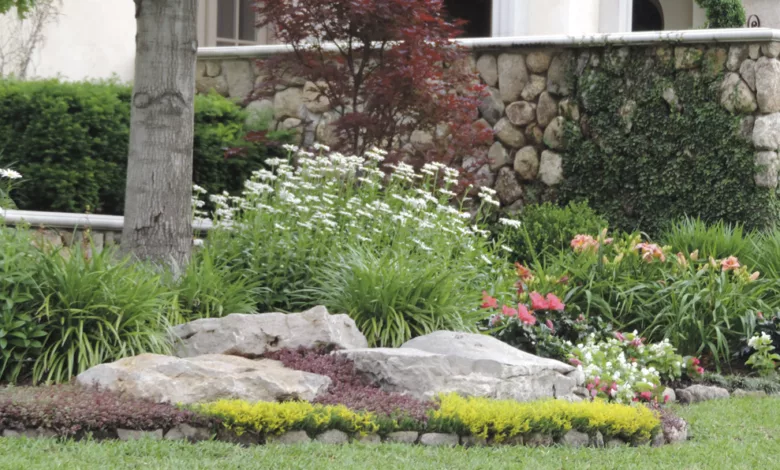
Photos by Dotty Woodson ~
Nothing brightens the landscape more than colorful flowers and foliage, and spring is a perfect time to add color to your landscape. The garden centers are filled with so many choices, so now is the time to plant!
First, consider the size and location of your planting area or container. Then determine the number of hours it receives sunlight. Some plants thrive in full sun, while others require shade. Think about the colors you want to fill that space.
Garden center personnel will make suggestions for plants once you determine the sunlight hours, size of planting area, and color. Also ask about the water requirements for each plant, and group plants with the same water requirements together. There are so many possibilities!
Small planting areas look good with a mass of one color, contrasting colors, or even a potpourri of color. Large areas allow more options for color schemes and plant sizes. A small area will fill quickly with a few plants, but a large area takes more time for the plants to grow and fill the area.
A small 4-inch pot of lantana planted now has the potential to grow 3-4 feet wide by the end of the summer.
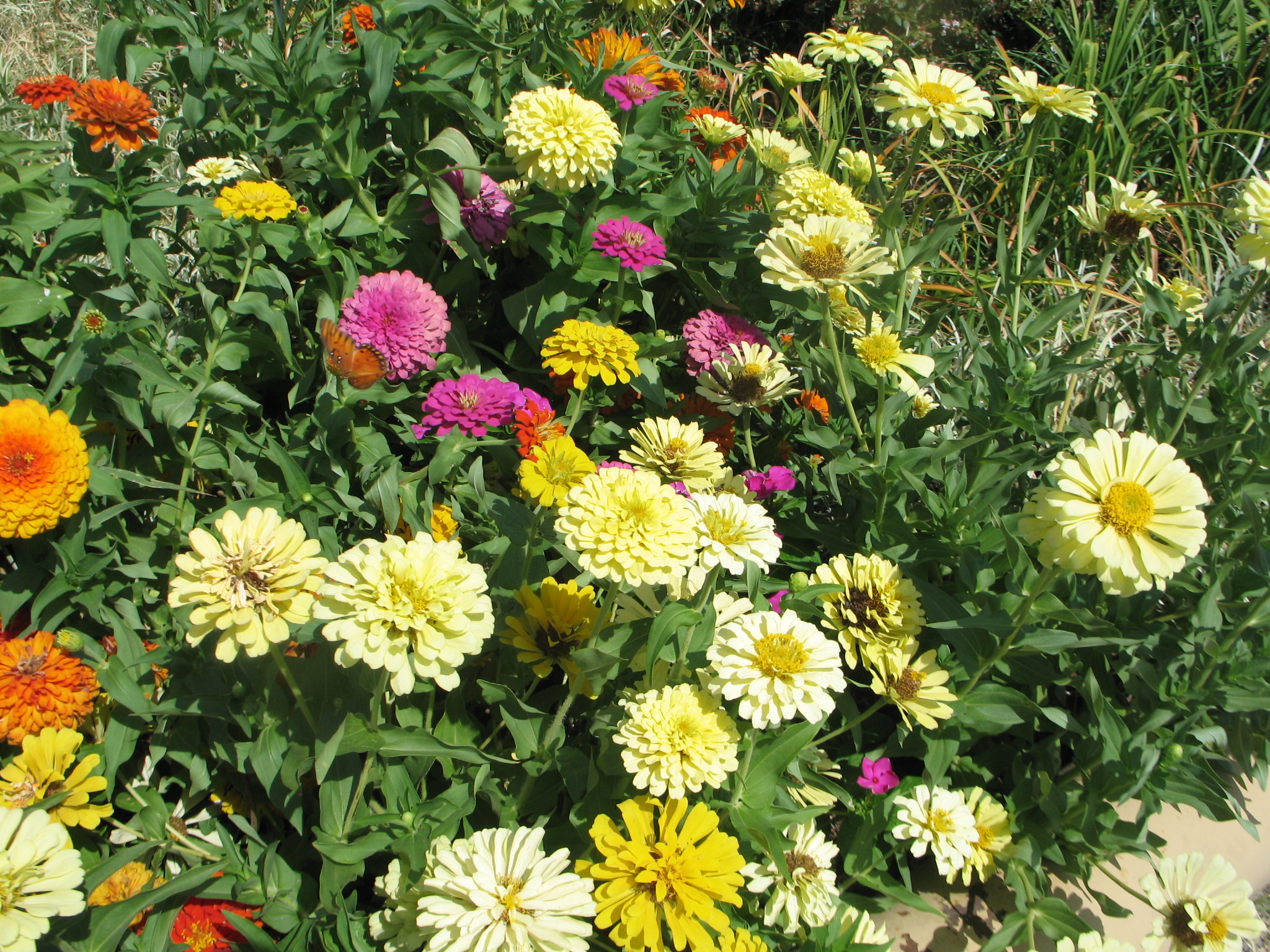
Annual, or bedding, plants are grown for one season. It’s difficult to mention all the varieties, so consult your garden center for a long list of options. A few annuals that thrive in this area in sun for spring and summer are cosmos, cleomes, marigolds, zinnias, portulaca, butterfly weed, and tropical hibiscus. Some of my favorite annual shade plants include impatiens, begonias, pentas, caladiums, and coleus.
Native, adapted, and low-water plants are the best choice for perennial color. These plants will grow and flower for many years. A good source for perennials with pictures is the Texas SmartScape website at http://www.txsmartscape.com. Don’t forget to check the plant search list by color, plant size, and blooming time.
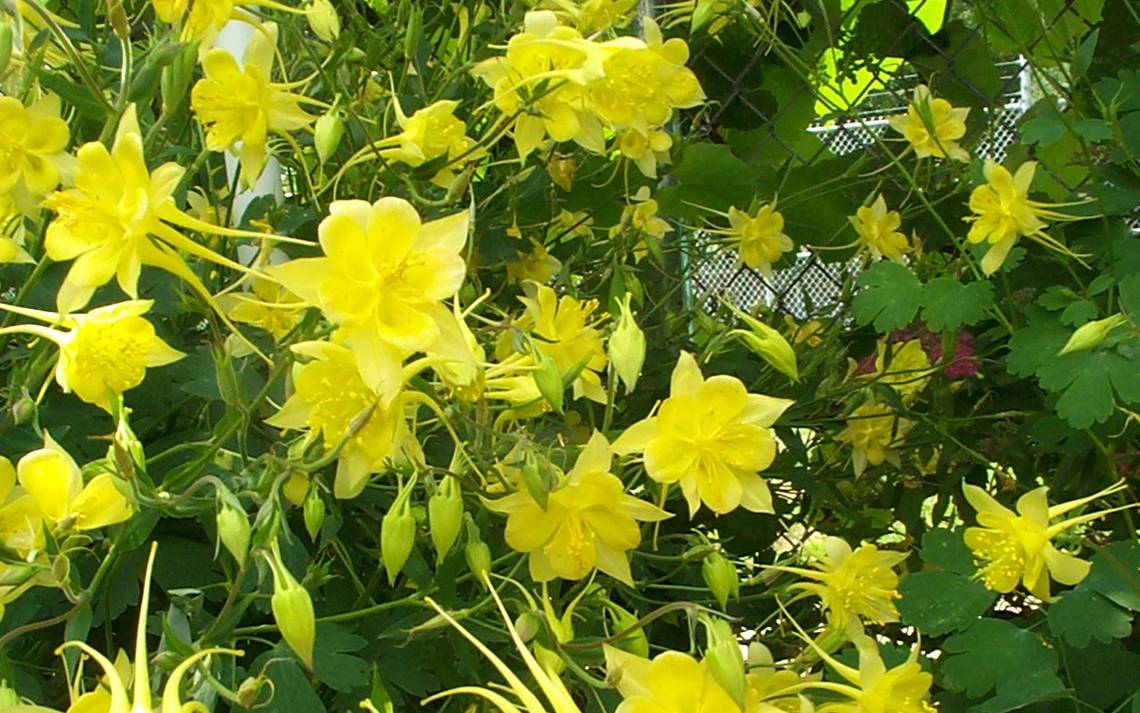
Some of my favorite perennials include lantana, Turk’s cap, Salvia greggii, mealy blue sage, corn flowers, sunflowers, day lily, iris, hardy hibiscus, oxeye daisy, rain lily, and bee balm. My favorite perennial shade plants include Texas columbine, Gerber daisies, and Turk’s cap.
After matching plants to the location for sun, size, and color, soil preparation is the next step. The heavy clay soil in this area requires the addition of compost for plants to thrive. Add expanded shale and compost if planting perennials. In containers, use potting soil.
Plant your beautiful plants at the recommended spacing, then add a layer of mulch. The mulch is like icing on a cake: It looks good and holds moisture in the soil. Add mulch to containers, too!
Hand-water for the first few weeks. Annuals grow and root very fast, but perennials take several weeks. Water containers as needed. Most potting soils have moisture controls to keep soil moist longer. Check your irrigation system to make sure the area will receive water.
Filling your landscape with annual and perennial plants will color your garden for you to enjoy all season long. Have fun creating color in your yard!



